In an era when barren new buildings seem to appear overnight, there is something enchanting about historic spaces. Century-old masonry tells tales of the brick layer and the brick maker, too. The patina of extinct wood sparks the imagination. Whose boots have walked these halls? What stories whisper from her walls?
Recently, I had the opportunity to share a conversation about one such space with a local old-timer whose eyes twinkled with the promise of more than a story or two about the Ice House on Main in Bryan, TX.
“I can tell you a lot about Downtown Bryan because I’ve been here for much of its history.”
I took a sip of my wine and settled in for the good stuff. He told me that the original Bryan Ice Company was built in 1912 and made sure I understood that, back then, everyone needed ice. Then, with a conspiratorial glance about the room, he leaned in and told me how Bryan Ice Company came to stand at the northernmost cap of downtown Bryan’s Main Street. The story goes, some of the city folks wanted downtown to extend further to the north. But the business owner wasn’t keen on that idea, so he built his building right across Main Street, directly in the path of northern progress.
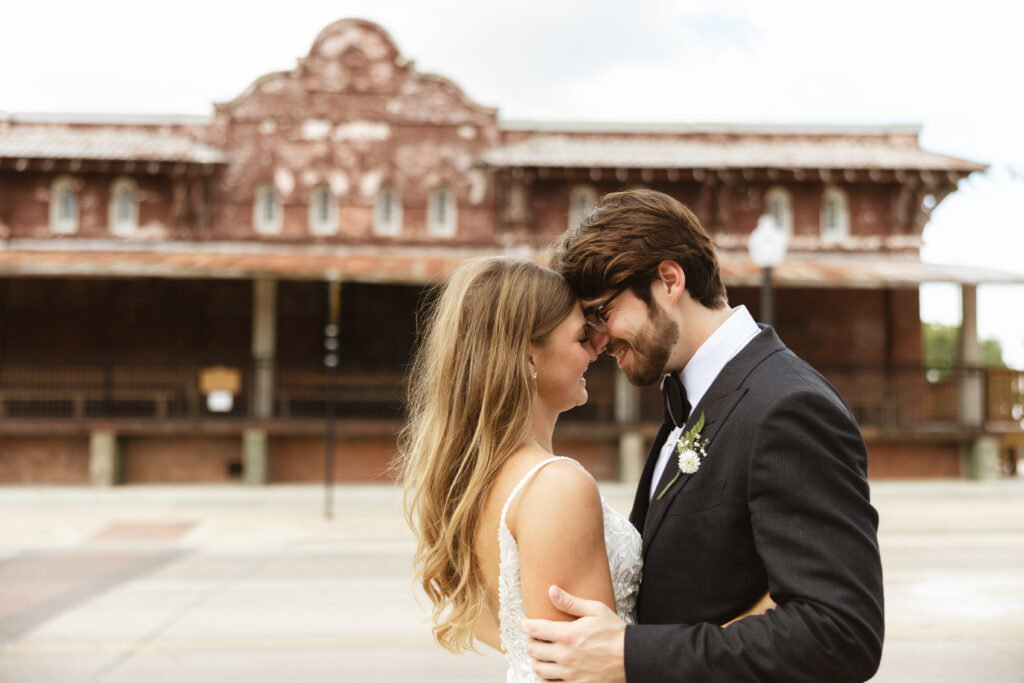
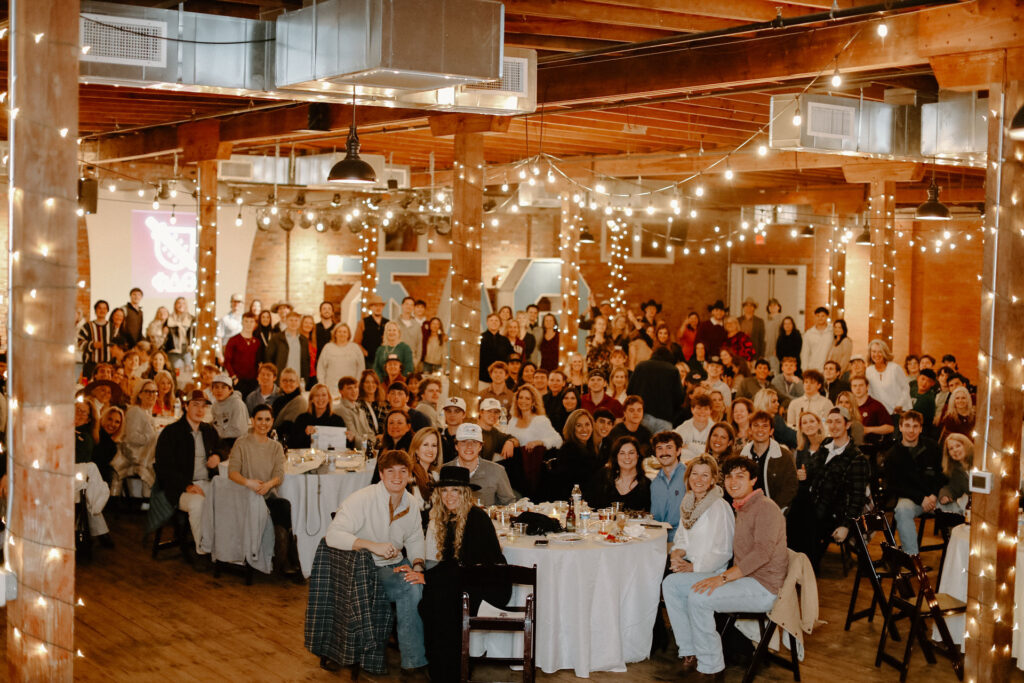
Reclaiming Place Through Adaptive Reuse
Poised proudly at the head of Main Street with a mission revival façade, Bryan Ice Company is now known as Ice House on Main, the community’s largest and most iconic historic events venue. Overlooking downtown like a proud and protective grandfather, the Ice House has been home to Coca-Cola bottling, furniture manufacturing, and Cell Block Five, a 1980s-era nightclub serving Texas A&M University students. Guests can still find Aggie relics hidden behind curtains throughout the venue, but it wasn’t until its latest revival in 2018 that the Ice House on Main returned to life in a manner honoring its heritage as a business serving the entire community.
Like Bryan Ice Company, Ice House on Main serves up something for everyone as a space for family and community celebrations alike. Hosting a wide range of gatherings from church services to wedding celebrations, galas, fundraisers, banquets, conferences, vendor markets, and live music events, Ice House on Main attracts some 120,000 locals and visitors to the downtown district each year. And that’s just the beginning. Visitors coming for private events, concerts, and conferences will likely visit a downtown restaurant, bar, or retail shop while in the area. Churchgoers often enjoy a coffee at a local spot or lunch at a favorite downtown restaurant.
When a single event gathers 200-500 visitors, the impact on downtown businesses and the economic multiplier of dollars spent in the historic district is significant, contributing to the vibrancy of the local economy.
Of course, Ice House on Main does not stand alone. As a high-capacity event venue, the Ice House attracts a much larger volume of visitors than the typical local retail shop or restaurant, but its impact on the local economy is enhanced because it sits in a district with other businesses operated by entrepreneurs who share the vision of a restored and vibrant historic downtown. As business owners continue to invest in restoration efforts and open new shops, there are more reasons to visit the historic area and enjoy its authentic, walkable, and distinct character.
The Economic Impact of Heritage-Based Development
Research shows that historic areas attract talent, tourists, and the “creative class,” a term coined by urban economist Richard Florida to describe the highly sought-after and productive scientists, engineers, artists, designers, tech workers, and entrepreneurs who tend to innovate and fuel economies. The creative class, Florida explains, values authenticity, cultural vibrancy, and walkable communities, which is why revitalized historic downtowns—rich in culture, history, and community—are so attractive to them. And importantly, Florida’s research shows that the economic competitiveness of a place increases as it attracts and retains members of the creative class, meaning the place will grow faster, enjoy greater innovation, and higher per-capita income.

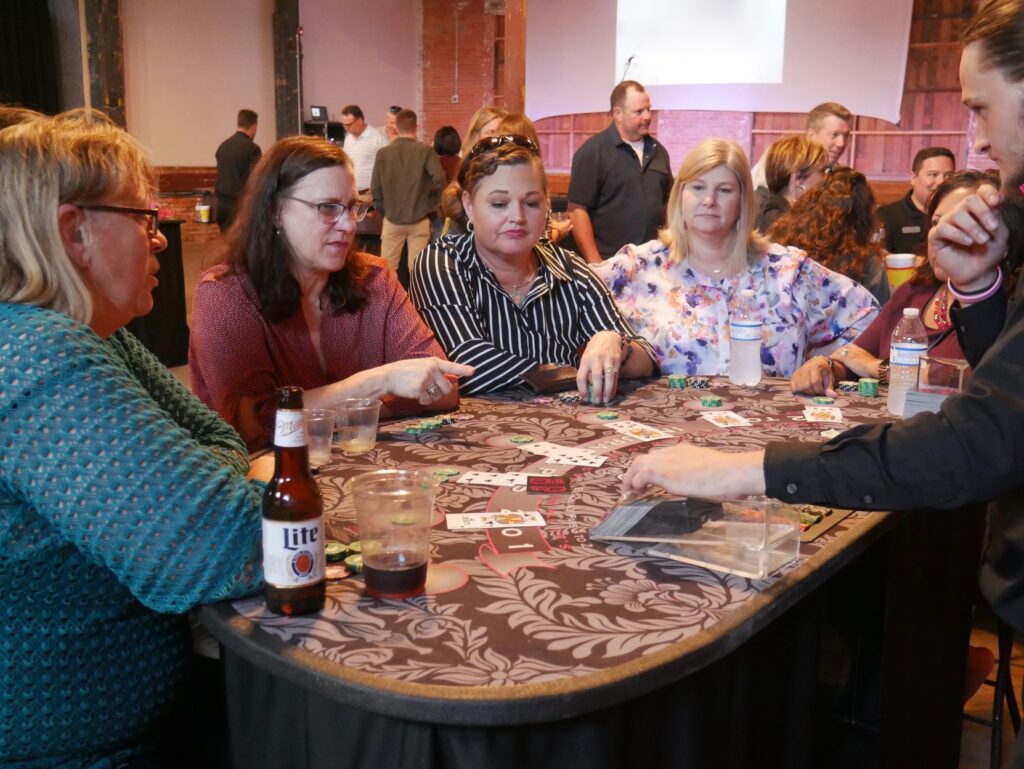
Florida is not alone in its assessment of the great economic potential of revitalized historic spaces and places. Place economist Donovan Rypkema, one of the most influential researchers in the field of historic preservation economics, demonstrated that preserving and revitalizing historic buildings isn’t just culturally valuable—it’s economically smart.Rypkema’s firm has evaluated programs across the U.S., including many Main Street America districts similar to Historic Downtown Bryan, Texas. Typical findings show that historic district reinvestment yields higher job creation per dollar, more local small business activity, increased property values, and lower vacancy rates.
In terms of economic impact, Rypkema found that historic rehabilitation creates more jobs than new construction, with historic rehabilitation creating roughly 5.7 jobs per $1 million invested compared to roughly 3.9 jobs per $1 million invested in new construction. Further, research shows the money spent on revitalization stays local longer than money spent on new development. That money, in turn, is spent locally, creating local jobs and adding to overall economic vitality.
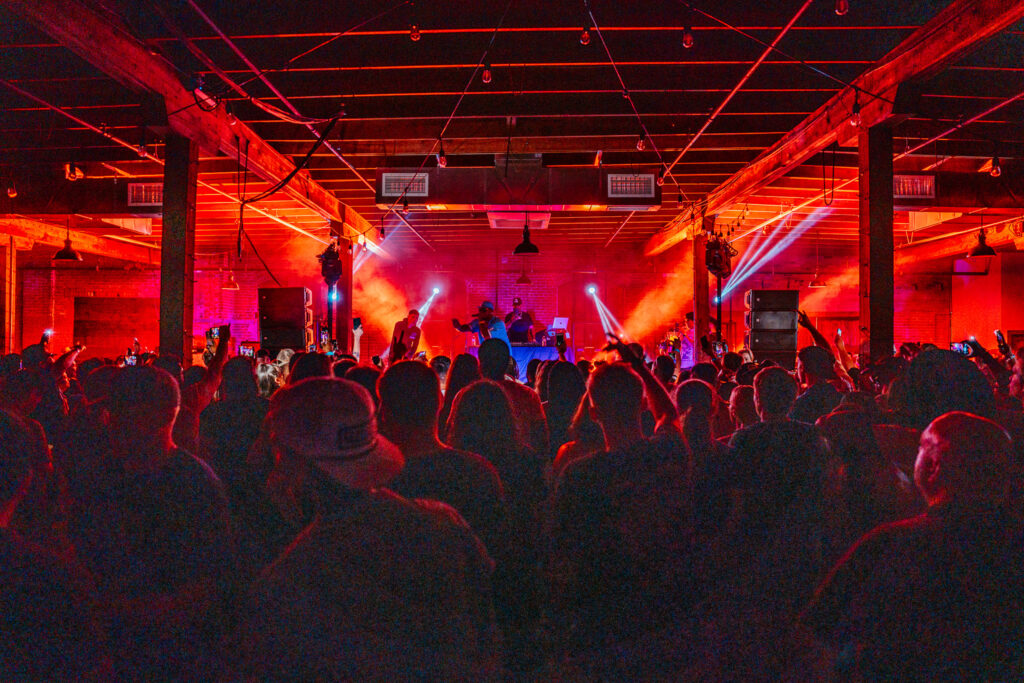
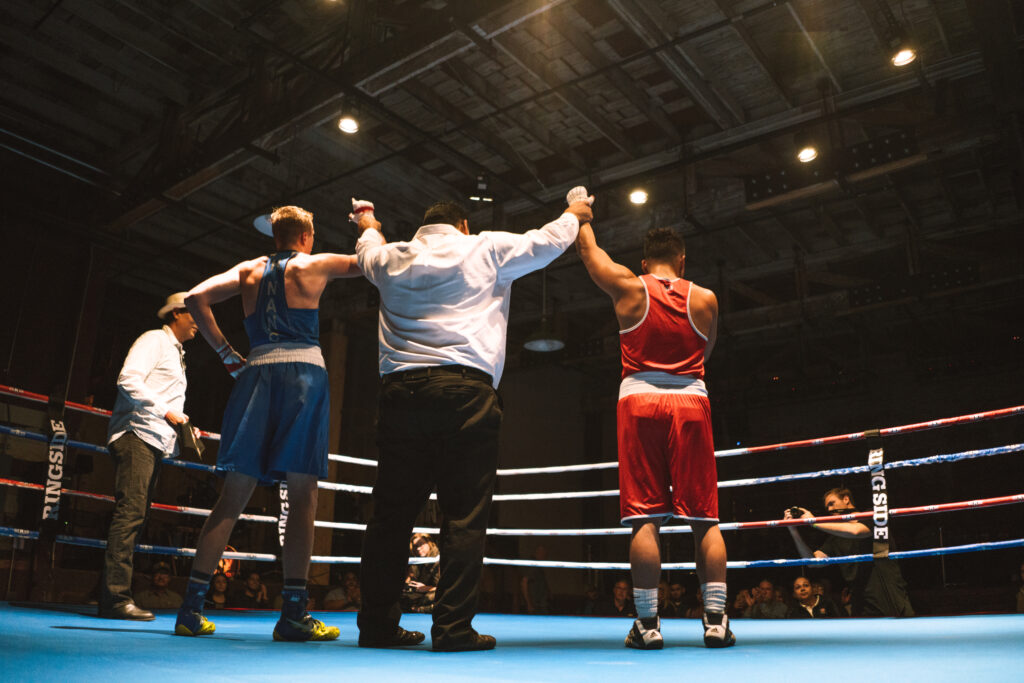
For Culture, Commerce, and Community, Place Still Inspires
Historic spaces do more than preserve architecture and grow economies—they preserve identity. They tether us to a shared culture, one built slowly over time through relationships, craftsmanship, and ingenuity. In a culture often marked by speed and materialism, these places offer stillness, presence, and meaning.
As Christian entrepreneurs, we are called not only to grow our companies but to invest in people and build community. We’re stewards of more than businesses and buildings—we’re caretakers of culture. When we restore a place like Ice House on Main, we say, “This story still matters. These people still matter. This place has purpose and a future.”
Perhaps the greatest purpose of all is connection. I wonder what my new old friend and I would have found to chat about if we hadn’t discovered that we have the Ice House in common? I’m certain we would have enjoyed a pleasant chat, but something in his spirit came alive when he learned about our work among those storied downtown spaces. And the twinkle in his eye did not disappoint. He taught me a lot about both commerce and calling and how they once flourished side by side—in a place where people can again buy and sell, while also sharing company, finding encouragement, and maybe even discovering calling.
And it all began with a sense of wonder that overtook my husband and me when we crossed the threshold of time and met the textures of this storied space. Here, we ponder the past, find renewed imagination for the present, and reclaim hope for the stories yet to unfold.
Joan Quintana is the director of communications of AdventGX, a company she co-founded with her husband, Jose Quintana, in 2004. The firm focuses on creating engaging experiences that spur economic growth and vitality locally through the exchange of ideas, innovation, and culture worldwide. The Ice House on Main is the fourth and largest historic revitalization project they’ve undertaken in Historic Downtown Bryan, TX.